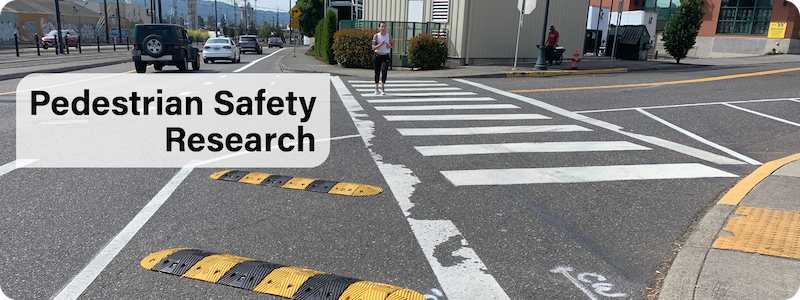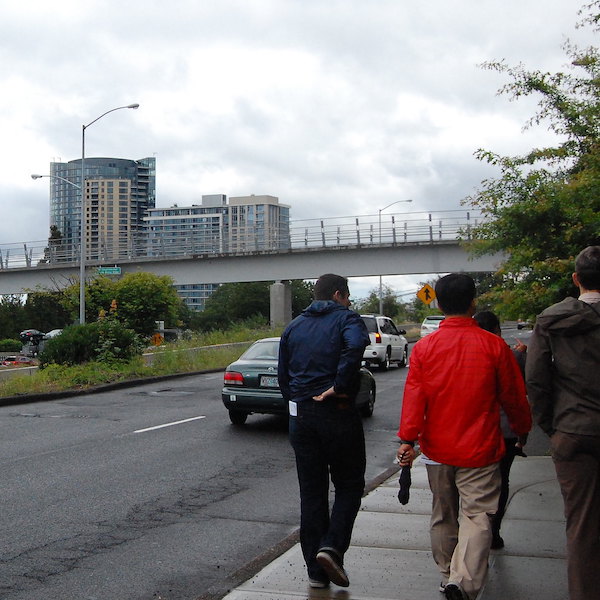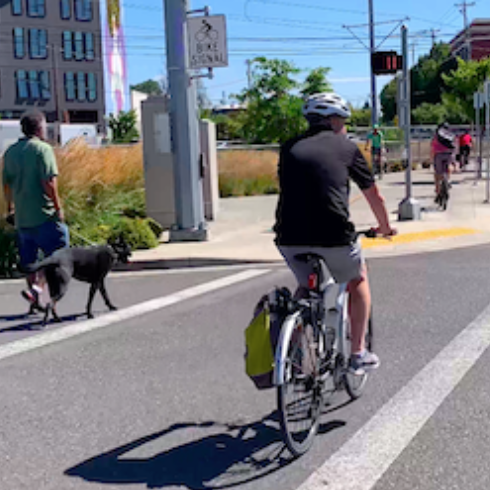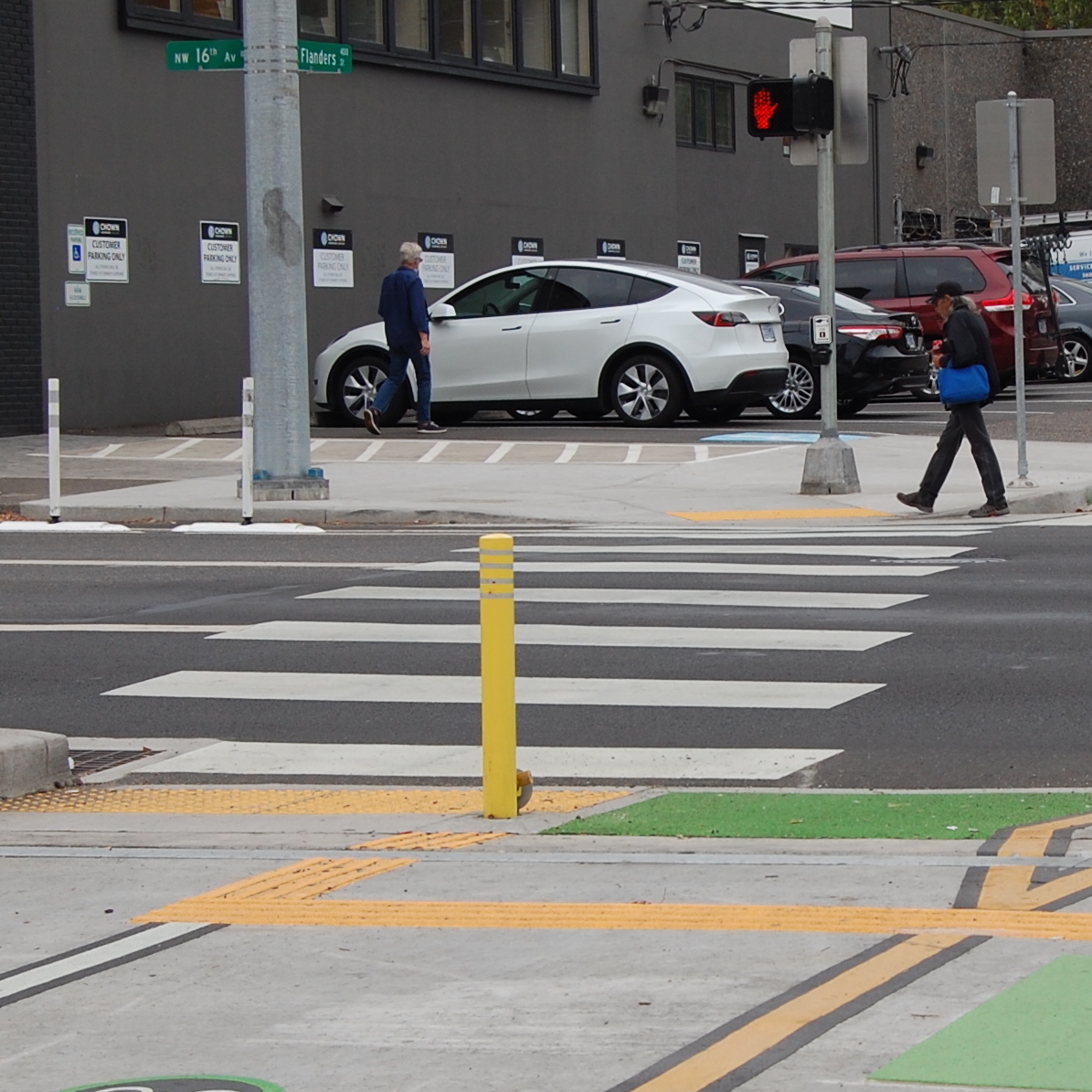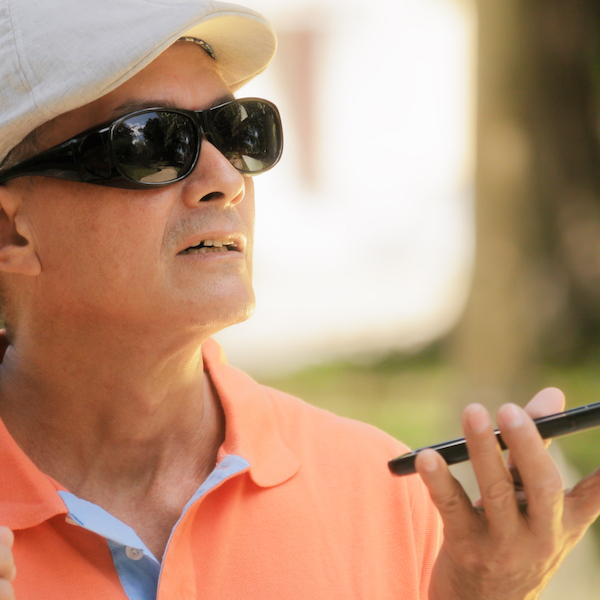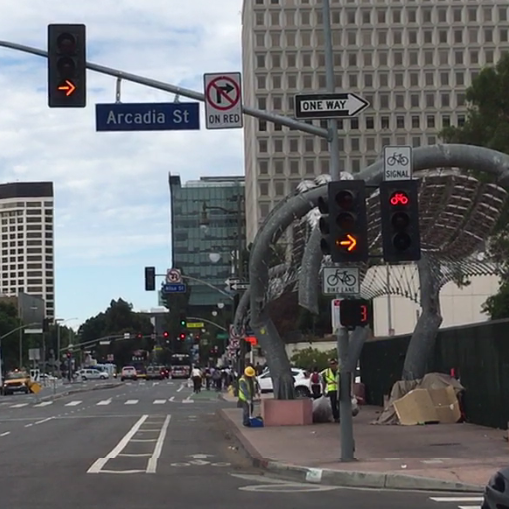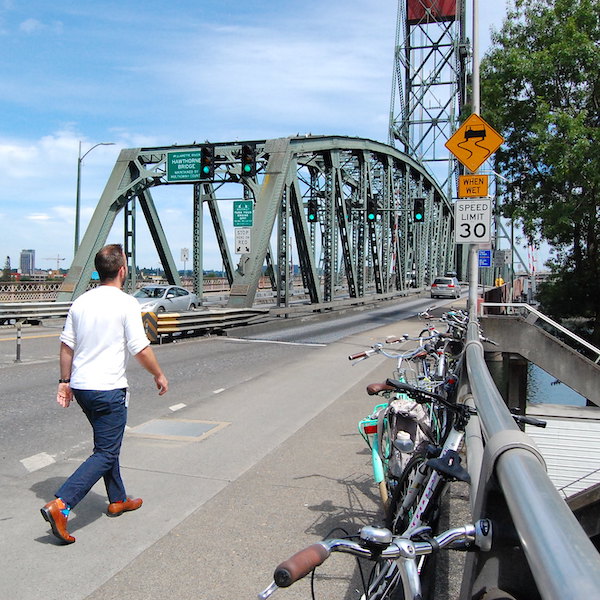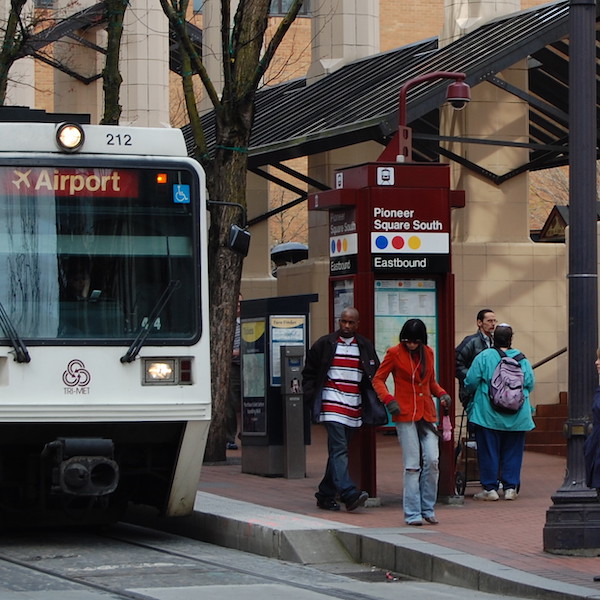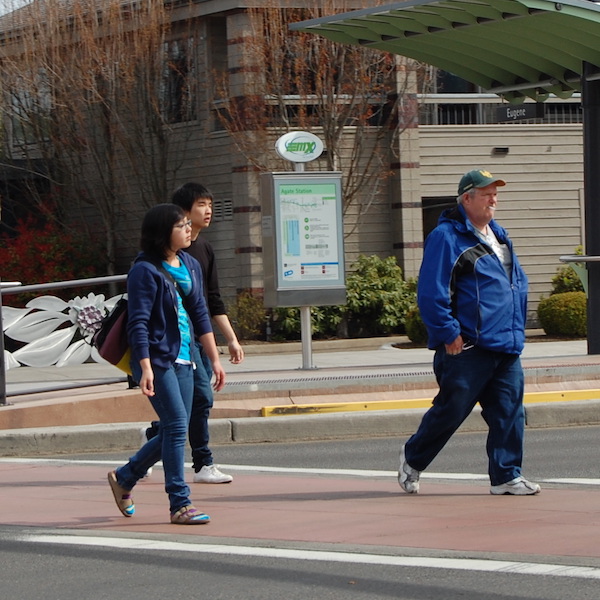Pedestrian Safety Research
More than 6,000 pedestrians are killed every year on American streets. Portland State University researchers have worked on hundreds of local, regional and statewide pedestrian and bicycle policy, planning, and design initiatives to address this nationwide issue. At the forefront of this work is a recognition that social inequity plays a strong role in putting people at risk, so equity must be an integral part of any tools developed that are aimed at solving the pedestrian safety crisis.
Learn more about some of our most impactful research on designing for pedestrian safety and comfort below, or see all our projects on pedestrians here.
Enhancing Pedestrian Volume Estimation and Developing HCM Pedestrian Methodologies for Safe and Sustainable Communities (2022)
Learn more about Enhancing Pedestrian Volume Estimation and Developing HCM Pedestrian Methodologies for Safe and Sustainable Communities.
Active Transportation Research Roadmap (2021)
Learn more about the Research Roadmap for the AASHTO Council on Active Transportation.
Addressing Oregon’s Rise in Deaths and Serious Injuries for Senior Drivers and Pedestrians (2021)
Learn more about Addressing Oregon’s Rise in Deaths and Serious Injuries for Senior Drivers and Pedestrians.
A Comprehensive Examination of Electronic Wayfinding Technology for Visually Impaired Travelers in an Urban Environment (2019)
Learn more about A Comprehensive Examination of Electronic Wayfinding Technology for Visually Impaired Travelers in an Urban Environment.
Improved Safety and Efficiency of Protected / Permitted Right Turns in Oregon (2018)
Learn more about Improved Safety and Efficiency of Protected / Permitted Right Turns in Oregon.
Transferability & Forecasting of the Pedestrian Index Environment (PIE) for Modeling Applications (2018)
Learn more about Transferability & Forecasting of the Pedestrian Index Environment (PIE) for Modeling Applications.
Walking While Black: Racial Bias At the Crosswalk (2017)
Learn more about Walking While Black: Racial Bias At the Crosswalk.
Improving Walkability Through Control Strategies at Signalized Intersections (2017)
Learn more about Improving Walkability Through Control Strategies at Signalized Intersections and download the Guidbook on Signal Control Strategies for Pedestrians (PDF).
The People
Meet the experts behind many of the projects listed above:
- Kelly Clifton, Interim Associate Vice President of Research and Graduate Studies, Portland State University
- Kimberly Kahn, Associate Professor of Psychology, Portland State University
- Sirisha Kothuri, Senior Research Associate, Civil and Environmental Engineering, Portland State University
- Nathan McNeil, Research Associate, Urban Studies and Planning, Portland State University
- Christopher Monsere, Professor and Chair of Civil and Environmental Engineering, Portland State University
- Amy Parker, Assistant Professor of Special Education; Coordinator of Orientation & Mobility Program, Portland State University
- Martin Swobodzinski, Assistant Professor of Geography, Portland State University
Online Education
We have hosted a variety of webinars focused on this topic, and are always adding more. See the YouTube playlist of our online education in pedestrian safety.

